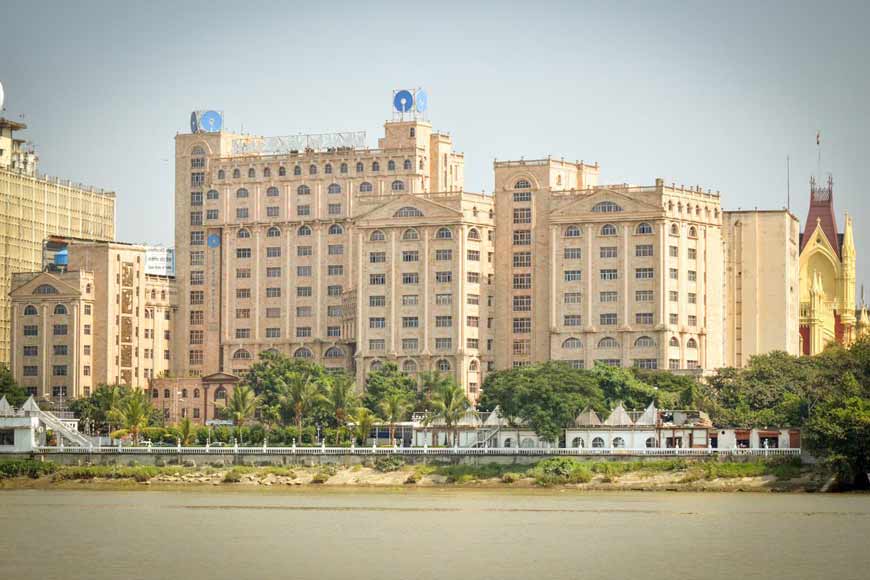Samriddhi Bhavan: A living symbol of India’s financial awakening – GetBengal story

Along the busy Strand Road in Kolkata, a grand structure has quietly witnessed the evolution of India’s financial history. Samriddhi Bhavan, now the headquarters of the State Bank of India, is not just a building; it is a symbol of time, endurance, and the beginning of modern banking in India.
Very few buildings in the country carry such historical significance within their walls. The site where Samriddhi Bhavan now stands once housed the Bank of Bengal, established in 1806—the first presidency bank of India and the foundation upon which the State Bank of India was later built. Over the decades, as India’s economy and governance changed hands from colonial to independent rule, this edifice bore witness to it all.
The current building rose in phases through 1825, 1879, and 1900, despite the original structure's structural instability and eventual demolition.The building’s design is a perfect blend of Curzonian and Edwardian architectural styles. The porte cochere, a central projecting portico, provides pronounced visual depth, and the symmetrical design, baroque ornamentation, and thin Ionic columns all perfectly convey the grandeur of the colonial era.
Classical symmetry, ornamental grilles, and circular windows with decorative motifs create a harmony that bridges the past and present. Samriddhi Bhavan's very existence exudes the spirit of a time when architecture was both practical and poetic, even though it is not formally recognized as a heritage structure.
Within its halls, Samriddhi Bhavan holds treasures far more valuable than gold that is the archives of the State Bank of India. This repository preserves centuries of financial and social transformation, containing rare books, documents, artifacts, and personal records that connect to the pioneers of Indian enterprise.
Among its prized possessions are the complaint register from 1889, original banknotes, and records bearing the names of visionaries like Dwarkanath Tagore and Iswar Chandra Vidyasagar.
Samriddhi Bhavan is now used as a museum of India's financial past as well as an administrative centre. From the paper ledgers of the early 19th century to the digital revolution of the present day, visitors can follow the development of Indian banking.
Samriddhi Bhavan is more than just an office complex; it is India's financial awakening chronicled in real time.











